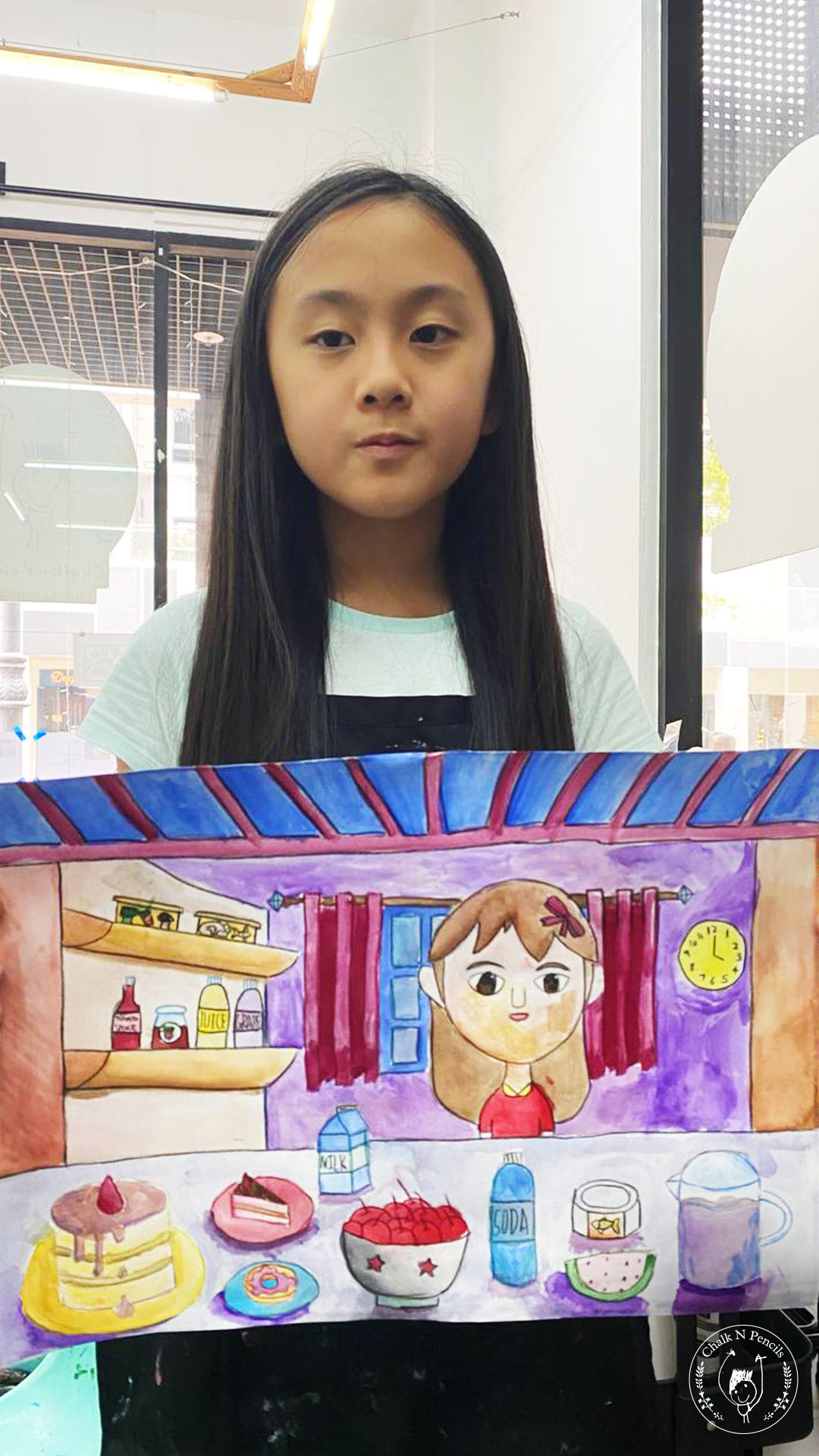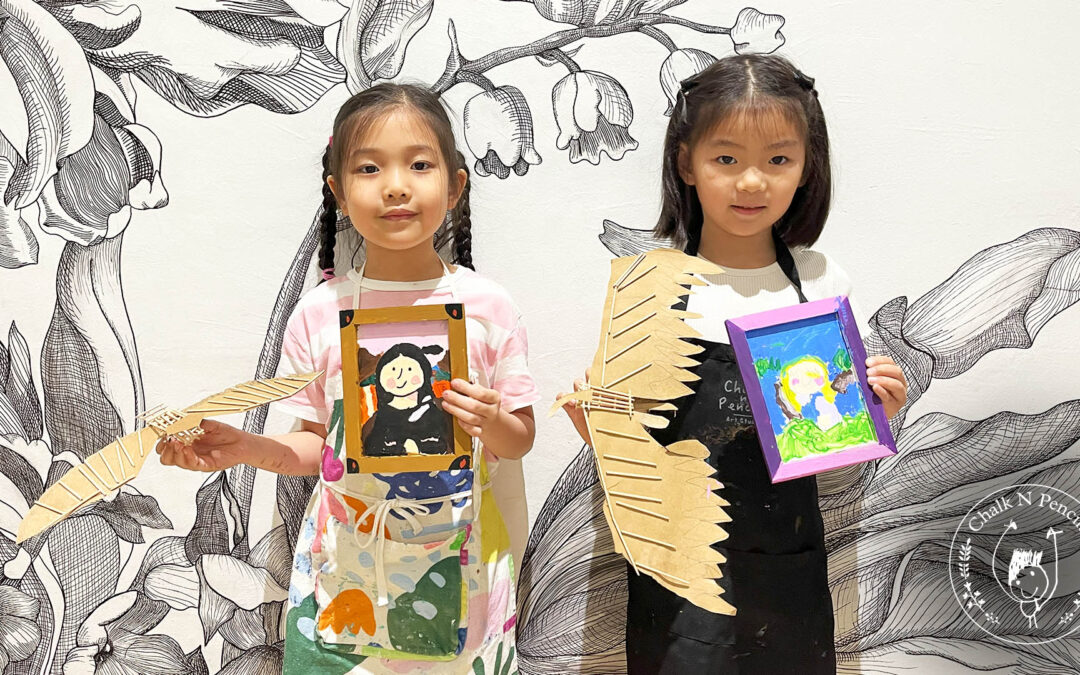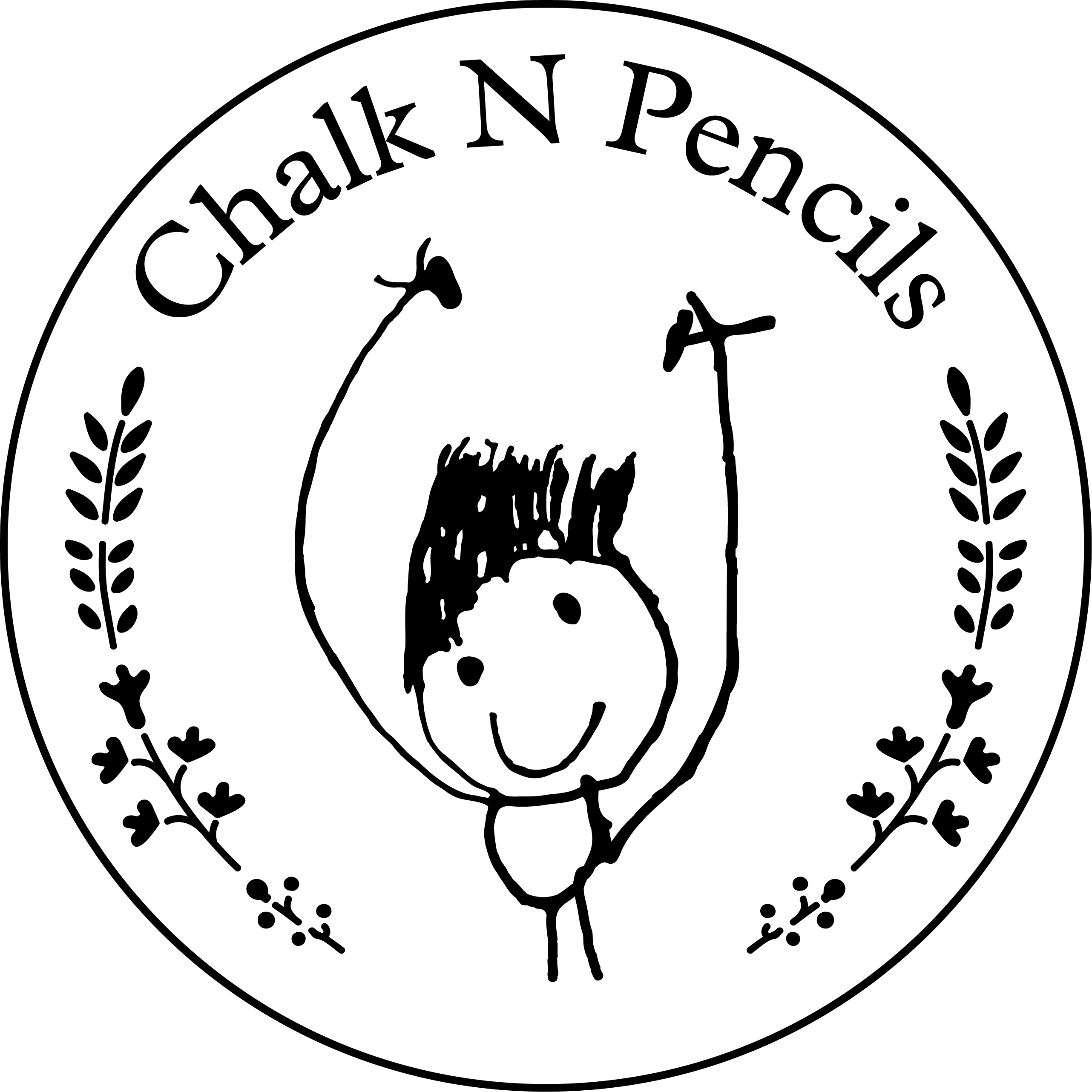Art isn’t just about creating beautiful things. It’s a process that involves observation, interpretation, decision-making, and problem-solving — all of which are vital components of critical thinking. This article will explore how parents can use art as a tool to promote critical thinking in their children.
The Connection Between Art and Critical Thinking
Moreover, art can help children develop other critical thinking skills such as problem-solving, decision-making, and analytical thinking. For instance, figuring out how to express a particular emotion through art or how to create the illusion of depth on a flat canvas can be a complex problem-solving task. Similarly, deciding the colours, shapes, and patterns to use in their artwork requires decision-making skills. And analysing their finished artwork — or that of others — can enhance their analytical thinking.
How to Encourage Critical Thinking Through Art
Tips and Strategies for Parents
- Encourage curiosity: Ask your child questions about their artwork. What were they trying to express? Why did they choose those colours? These questions can stimulate their critical thinking.
- Promote problem-solving: Give your child challenging art projects that require them to figure out how to achieve a specific effect or create a particular form.
- Foster decision-making: Let your child make decisions during their art projects. For instance, ask them what to draw instead of telling them what they want to draw.
- Cultivate observation skills: Encourage your child to observe art closely, whether it’s their own artwork, a piece in a museum, or a picture in a book. This can enhance their attention to detail, an essential aspect of critical thinking.
- Nurture open-mindedness: Encourage your child to explore different art styles and mediums. This exposure and knowledge can help them understand that there’s no single “right” way to create art, fostering open-mindedness.

Practical Activities and Exercises
- Artful Thinking Routines: These routines, developed by Harvard’s Project Zero, involve observing, questioning, and interpreting art. They can help children think critically about art.
- Storytelling through Art: Have your child create a series of drawings to tell a story, promoting sequencing and logical thinking.
- Art Critique: Encourage your child to critique their own or others’ artwork and foster analytical thinking.
- Art Interpretation: Have your child interpret the meaning of a piece of art and enhance their inferential thinking.
- Art Creation Challenges: Give your child challenges that require them to create art with specific constraints and stimulate their problem-solving skills.
The Role of Art Classes in Developing Critical Thinking
The Next Step: Booking a Trial Class
If you want to take the next step in your child’s development, consider booking a trial class. This will allow your child to experience first-hand how art can promote critical thinking. You can book a trial class here.
During the trial class, your child will engage in various art activities to stimulate their critical thinking. They’ll also be able to interact with other children, further enhancing their learning experience.

Frequently Asked Questions
Creativity and critical thinking are closely linked. When children engage in creative activities like art, they’re often required to think critically about their work. This process can enhance their critical thinking skills.
2. How does art education foster critical thinking?
Art education fosters critical thinking by encouraging children to observe, interpret, and reflect on art. This process can enhance their attention to detail, an essential aspect of critical thinking. Moreover, art education often involves problem-solving tasks, which can further promote critical thinking.
3. How can art be used to teach critical thinking?
Art can be used to teach critical thinking through activities that encourage observation, interpretation, and reflection. For instance, you can ask your child to describe what they see in a piece of art, to explain what they think it means, and to reflect on how it makes them feel. These activities can promote critical thinking skills.
4. How does art education impact a student’s critical thinking?
Studies have shown that art education can positively impact a student’s critical thinking. In addition to improving their observation, interpretation, and reflection skills, art education can enhance other essential aspects of thought, such as problem-solving and decision-making.
5. How can art help students academically?
Art can help students academically by enhancing their critical thinking skills, essential for academic success. Moreover, art can improve students’ creativity, attention to detail, and problem-solving skills, all of which can contribute to their academic performance.
Conclusion
Art is a powerful tool for promoting critical thinking in children. It encourages them to observe, question, interpret, and make decisions — all key components of critical thinking. By using the strategies and activities outlined in this article, parents can help their children develop this essential skill. So why not start today? Explore art with your child, and watch their critical thinking skills flourish.
Exclusive Offer for Our Readers!
$5 off a trial art class at Chalk N Pencils when you click through this link and send us a message on WhatsApp.
Join Our Community
Eager to start your artistic journey? Join our community of artists in Singapore today! Whether you're looking to learn, create, or simply enjoy the company of fellow art enthusiasts, Chalk N Pencils is the place to be.






